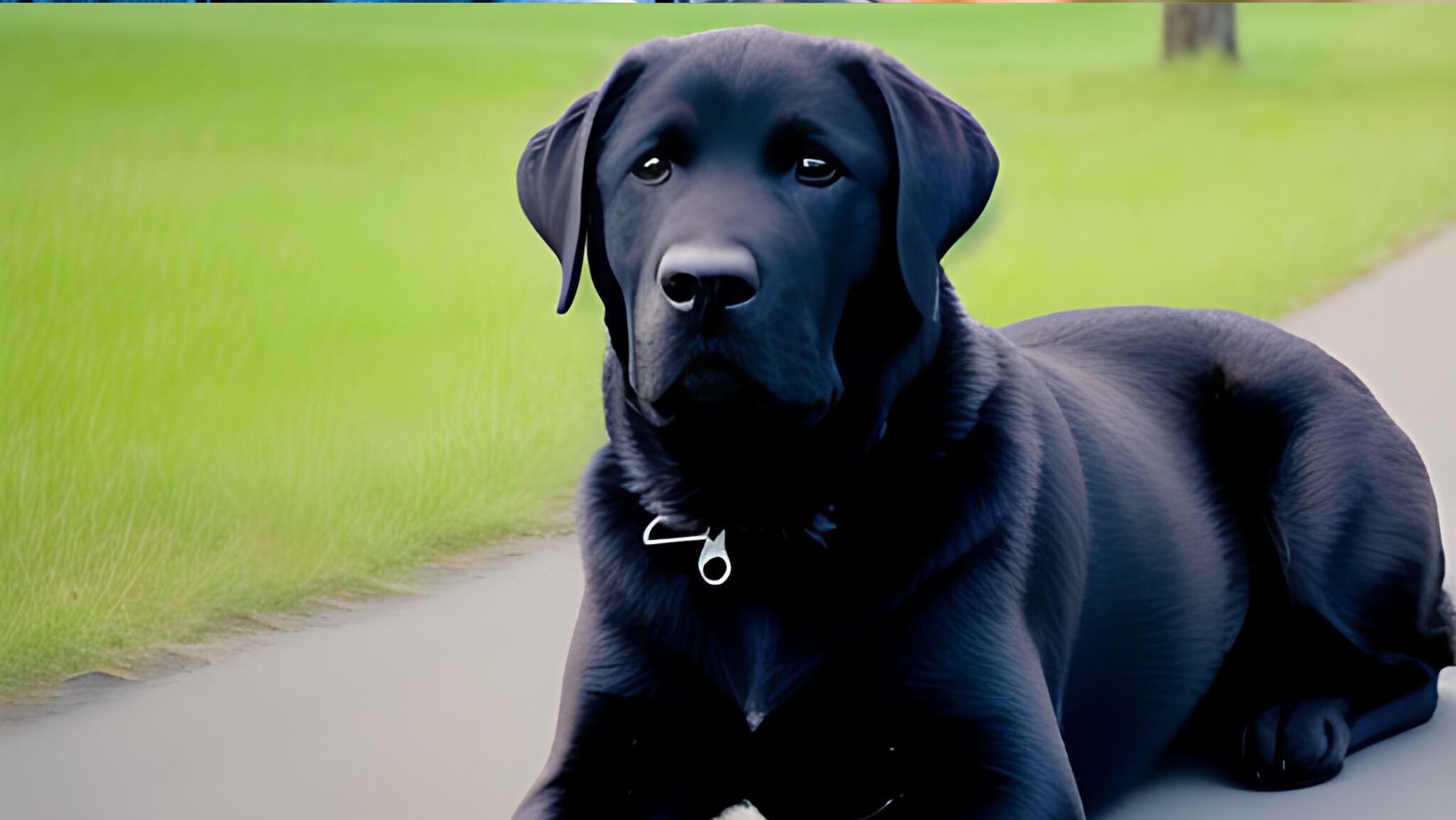How to Get My Dog to Calm Down
If you’re wondering how to get your Labrador to calm down, I’ve got some practical tips that can help. Labs are known for their high energy levels and enthusiasm, so it’s important to find ways to channel that energy in a positive direction.
Firstly, regular exercise is key. A tired dog is generally a calmer dog, so make sure your Labrador gets plenty of physical activity each day. This could include walks, runs, or even engaging in interactive games like fetch or tug-of-war.
Secondly, mental stimulation is just as important as physical exercise. Labs are intelligent dogs who thrive on mental challenges. Consider incorporating puzzle toys or training sessions into their routine to keep them mentally engaged and prevent boredom.
Understanding the Causes of Hyperactivity in Dogs
When it comes to hyperactivity in dogs, such as Labradors, it’s important to dig deeper into the possible causes. While some dogs naturally have more energy than others, there are several factors that can contribute to excessive hyperactivity. By understanding these causes, we can better address and manage our furry friends’ boundless energy.
- Lack of Exercise: One significant factor contributing to hyperactivity in dogs is a lack of physical exercise. Dogs, especially active breeds like Labradors, require regular exercise to burn off their excess energy. Without an outlet for their energy, they may become restless and exhibit hyperactive behaviors.
- Boredom or Understimulation: Dogs are intelligent animals and need mental stimulation as well as physical exercise. When left alone for extended periods without engaging activities or toys, they can become bored and resort to hyperactive behavior as a way to entertain themselves.
- Anxiety or Stress: Just like humans, dogs can experience anxiety and stress. Situations such as separation anxiety, changes in routine or environment, loud noises (like thunderstorms or fireworks), or even certain medical conditions can trigger heightened levels of stress in dogs which may manifest as hyperactivity.
- Lack of Training: Adequate training plays a crucial role in shaping a dog’s behavior and promoting calmness. If a dog hasn’t received proper training from an early age, they may struggle with impulse control and exhibit more hyperactive tendencies.
- Health Issues: In some cases, underlying health issues can contribute to excessive energy levels in dogs. Conditions such as thyroid imbalances or certain allergies could lead to increased restlessness and hyperactivity.
It’s essential to remember that each dog is unique and may have different triggers for their hyperactivity. Identifying the specific cause(s) behind your Labrador’s high energy levels will help you develop effective strategies for managing their behavior appropriately.
Implementing Relaxation Techniques for a Labrador
When it comes to helping my energetic Labrador calm down, implementing relaxation techniques has been key. These methods have proven to be effective in soothing my furry friend and promoting a sense of tranquility. Here are some tried-and-true strategies that you can try with your own Labrador:
- Create a Peaceful Environment: Setting the right atmosphere is essential in promoting relaxation. Find a quiet spot in your home where your Labrador can unwind without distractions. Dim the lights, play soft music or nature sounds, and ensure the room temperature is comfortable.
- Massage Therapy: Just like humans, dogs can benefit from the power of touch. Gently massaging your pet can help release tension and promote relaxation. Start by stroking their back in long, slow motions and gradually work your way down their body. Pay attention to areas where they hold stress, such as their shoulders or hips.
- Calming Scents: Aromatherapy can also work wonders in calming an excited pup like a Labrador. Certain scents, such as lavender or chamomile, have soothing properties that can help relax both body and mind. Consider using dog-safe essential oils or sprays designed specifically for pets.
- Mindful Breathing Exercises: Dogs naturally follow our lead, so practicing deep breathing exercises together can help induce a state of calmness for both you and your Labrador. Sit in a comfortable position with your pet beside you and take slow, deep breaths while gently stroking them.
- 5.Creating Routine: Establishing a regular routine helps provide structure and stability for Labradors who tend to get easily excitable or anxious. Set specific times for feeding, exercise, playtime, and rest periods throughout the day to create predictability that promotes relaxation.
Remember that not all techniques may work equally well for every dog; it’s important to observe how your Labrador responds to each method and adjust accordingly. Consistency and patience are key in helping your beloved pet find their inner Zen.
